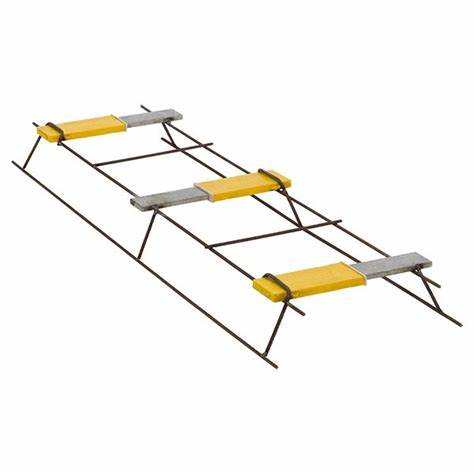
- Mobile Phone
- +8613931874955
- sales@cntcmetal.com
Steps for Properly Installing Stucco Lath for a Durable and Long-lasting Finish
Installing Stucco Lath A Comprehensive Guide
Stucco is a popular exterior finish that provides a durable and aesthetically pleasing surface for buildings. One key component of achieving a high-quality stucco finish is the proper installation of stucco lath. This wire mesh or board system serves as a base for the stucco application, ensuring that the finish adheres properly and lasts for many years. In this article, we will explore the process of installing stucco lath, highlighting important steps and best practices to ensure a successful application.
Understanding Stucco Lath
Stucco lath is typically made of either metal or gypsum sheathing. The metal lath is preferred in many regions due to its strength and resistance to water and pests. Gypsum sheathing is often used for its lightweight properties and ease of installation. Regardless of the type chosen, the primary function of stucco lath is to provide a stable surface for the stucco to grip onto, allowing it to cure properly and adhere to the substrate beneath.
Preparation
Before you begin the installation process, it's crucial to prepare the surface where the lath will be applied. Ensure that the walls are clean, free of debris, and dry. If you are working on a new construction site, check for any imperfections that need to be addressed. Repair any cracks, holes, or damage to the underlying surface to create a smooth foundation for the stucco lath.
Installation Steps
installing stucco lath

1. Measuring and Cutting the Lath Measure the area to determine how many sheets of lath you will need. If using metal lath, use metal shears to cut the sheets to size. For gypsum sheathing, a utility knife can be used to score the surface before breaking it along the line for a clean cut.
2. Applying Building Paper Install a layer of building paper over the wall. This acts as a moisture barrier, helping to prevent water damage to the underlying structure. Laps should overlap at least 6 inches to ensure water doesn't penetrate the sheathing behind the lath.
3. Attaching the Lath Begin attaching the stucco lath at the top of the wall and work your way down. Use galvanized nails or screws specifically designed for this purpose. Ensure that the lath is fastened securely, with nails spaced about 16 inches apart. For metal lath, it’s important to overlap the edges of each sheet by at least 1 inch to create a continuous surface.
4. Creating Control Joints Depending on the size of the area you are covering, you may need to install control joints to prevent cracking. These joints are essential, particularly in larger spans, to allow for the natural expansion and contraction of the stucco as temperatures fluctuate.
5. Final Inspection Once the lath is installed, conduct a thorough inspection to ensure everything is in place. Check for sharp edges or protrusions that could affect the finish. Any inconsistencies should be addressed before applying the stucco.
Conclusion
Installing stucco lath is a crucial step in achieving a successful stucco finish. By following the proper procedures and taking the time to prepare the surface correctly, you can ensure that the stucco adheres well and lasts for many years. Remember, quality installation of stucco lath sets the foundation for a beautiful and resilient exterior. Whether you are a DIY enthusiast or a seasoned professional, adhering to these guidelines will help ensure success in your stucco projects.
share:
-
Your Source for Concrete Wall Ties and Masonry AccessoriesNewsJul.10,2025
-
Unlocking the Power of Iron Wire for Every ProjectNewsJul.10,2025
-
Explore Advanced Chain Wire and Stainless Steel Mesh FencingNewsJul.10,2025
-
Discover the Benefits of Annealed Wire ProductsNewsJul.10,2025
-
Discover China Stainless Steel Wire Mesh SolutionsNewsJul.10,2025
-
Build with Confidence Using High-Performance Masonry AccessoriesNewsJul.10,2025
-
Why Sacrificial Formwork Is Redefining Underground ConstructionNewsJun.06,2025



















